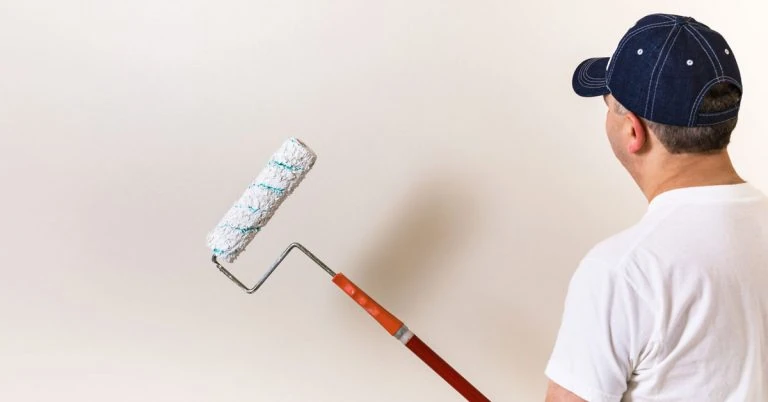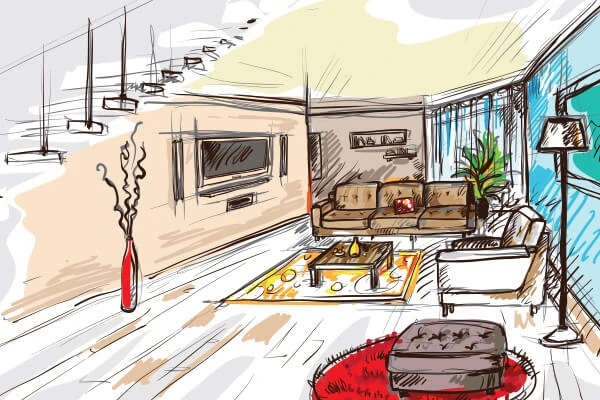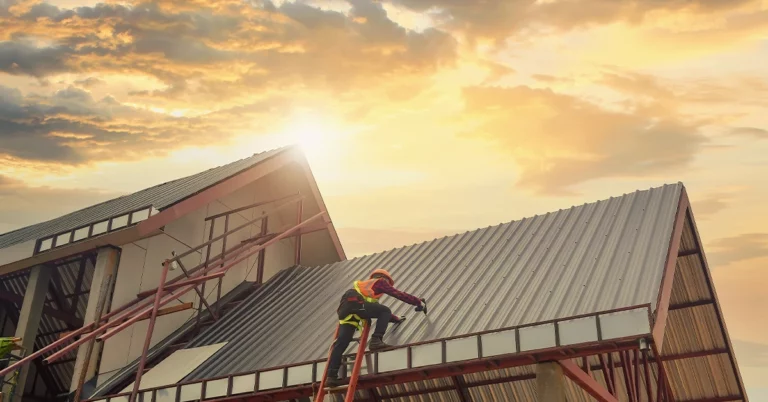Home Decorating Tips


Home Decorating Tips
Exterior Painting After Rain? Here’s What You Need to Know
Posted on September 6, 2021
Were your plans of painting your home’s exterior affected because of sudden showers or storms? If you answered yes and the sun’s out, now may be the time to get your painting gear and put those plans into action.
Before you start, take note that painting exterior surfaces after the rain requires time, especially in the waiting and planning department, and lots of patience. This is because factors like the weather, surface dryness, and type of paint all play a role in making your exteriors look good after a fresh coat of paint (or two).
With that in mind, discover how soon after the rain can you paint the exterior of your house, and how you can do so flawlessly.
Exterior Painting After Rain: The Basics
A major consideration when it comes to painting after the rain would be your surfaces’ dryness. While industry experts have recommended varying times, the common denominator out of their suggestions is to let the surfaces dry first for a couple of hours or even days.
As much as possible, allot four hours to one day for your exterior surfaces to be “fully dry.” Providing this much time allows the flat surface, trim and molding, nail holes, hairline cracks in the siding, and areas blocked from the sun to completely dry, be moisture- and liquid-free, and prevent flaws in the paint job.
Moreover, how long your surfaces dry can also be affected by the weather in your area. The more surfaces are exposed to the sun, the quicker they will dry. The main rule of thumb is: the lower the temperature, the longer the drying time.
Once your exterior surfaces are dry, it’s time to start painting! It’s usually recommended to paint on sunny days when temperatures are at 15.56 to 29 degrees (60 to 85 degrees F) and there is little to no chance of wind that’ll cause your paint to dry quicker.
However, not all sunny days are made equal. Pay attention to humidity levels in your area too. Monitor the weather and try to paint on days when humidity reaches 40% to 70%. Painting and drying on overly humid days can result in not-so-good-looking paint jobs – think unattractive brush marks or paint clumps on the exterior’s surface.
How Long to Wait After the Rain to Paint Decks and Other Surfaces
The type of surface you’ll be painting on may have an impact on the duration of the drying time.
For wooden decks and/or surfaces, wait for a minimum of 24 to 48 hours after rain before applying deck stains or other similar products. This helps dry out moisture and enables the substance to stick to the deck better. If the stain doesn’t adhere properly, you’ll end up with a thin final coat that may be washed out once it heavily rains.
As for your house’s exterior walls, if strong winds cause the rain to go against the structure and your surfaces are made with older wood or have aged paint, three to four sunny days may be needed before painting. Around this time, the siding is already dry enough for a fresh coat.
Should there be a drizzle without wind (especially in the morning) and your surface has been previously painted on, you can start working in the afternoon as the siding is less likely to absorb moisture. However, if there was a downpour, wait for one to two days for the surface to dry. This especially applies if you’re painting fences.
Exterior Painting After Rain: What’s the Best Paint to Use?
The answer may vary. The type of paint you use can make or break how your walls will eventually look like. It’s often advisable to use acrylic paint because the moisture that may not have seeped out yet will do so through the coating.
If you choose latex paint, start applying the first coat on a day when temperatures reach 10 to 29 degrees C (50 to 85 degrees F). Remember to let the first coat of latex paint dry for one hour so it won’t feel wet to the touch, and another four hours before applying the second coat.
Using oil paint? Some experts advise using it once temperatures are in the 4.44 to 32 degrees C (40 to 90 degrees F) range. As an additional measure, wait for a couple of dry days before painting and make sure that the surface is completely dry before that first coat. After you apply the first layer of paint, allot 24 hours of dry weather exclusively for drying.
Ready to give your exterior walls and surfaces a much-needed makeover? With Island Premium Paints, you certainly can! Discover more informative and inspiring home improvement and decoration tips, and let your dream home come to life with the Philippines’ first local paint with a Product Satisfaction Guarantee.
Sources:
https://marcpoulospainting.com/does-rain-mean-an-end-to-exterior-painting/
https://www.wow1day.com/blog/exterior-painting/when-best-time-paint-your-house-exterior/
https://www.williamsprofessionalpainting.com/blog/2019/how-does-rain-affect-exterior-painting
https://www.thespruce.com/can-you-paint-a-house-when-it-rains-1821060
https://naturalenclosures.com/how-long-should-i-wait-to-paint-a-rained-on-fence/
https://www.hunker.com/13424714/how-many-days-after-it-rains-should-you-apply-deck-stain
https://www.bobvila.com/articles/how-long-does-it-take-paint-to-dry/
https://www.hirshfields.com/finding-the-right-temperature-to-paint-outside/
Our Products
Our line of high quality paints and products will give your home or project the vibrancy it needs.
Explore Colors
Ready to explore colorful possibiliies today? View our popular paint colo combination palettes for great color schemes and room design ideas for interior and exteriors.



